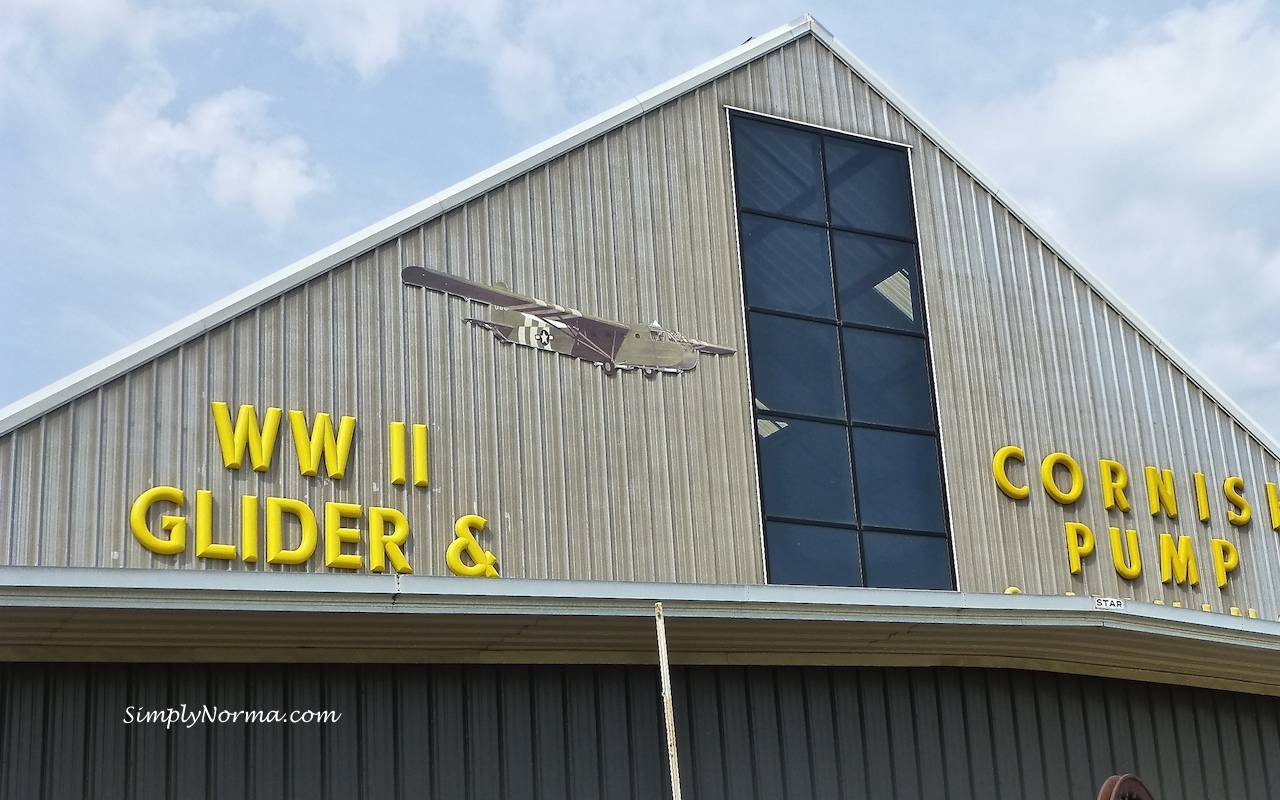Behind the Cornish Pump Museum building which is located in Iron Mountain, Michigan sits the World War II Glider and Military Museum which opened in 2011 and has one of only seven fully-restored CG-4A gliders in the world.
We found the museum while on our travels home from vacation through northern Michigan.  We decided to skip the Cornish Pump part of the museum and headed to the back to see the glider (you have to pay two different fees for each section). Side note: There isn’t parking for those with disabilities unless you have someone in a wheelchair and want to push them across a large grassy area.
The Military Museum is very interesting and has lots of interesting displays.
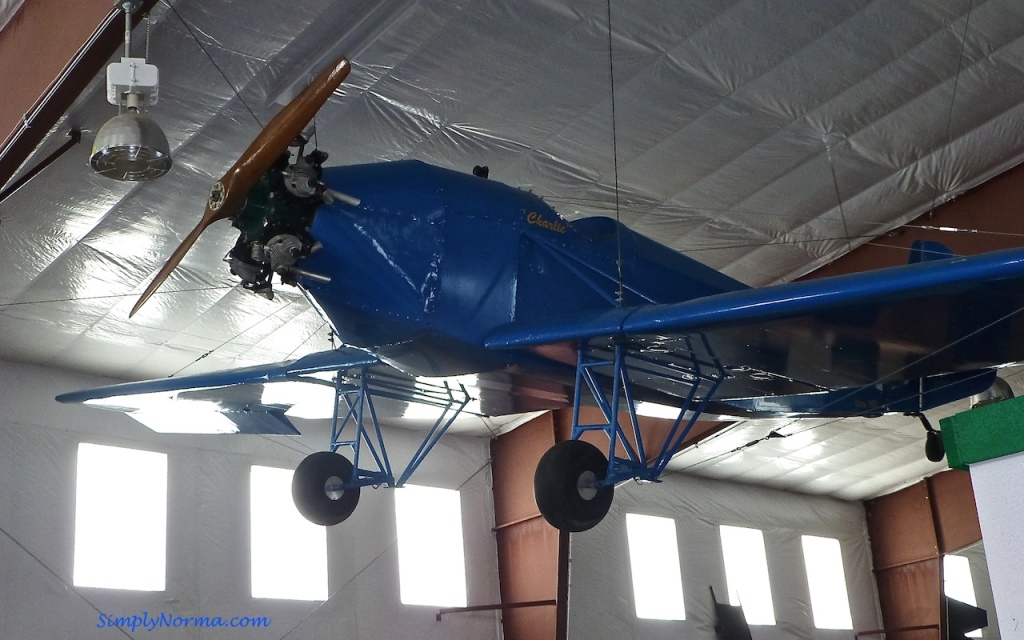
But, our interest was more in the World War II glider.
Clyde Unger of Spread Eagle, Wisconsin was honored for his undertaking of the reconstruction of this WWII CG 4A Glider. Mr. Unger volunteered over 15,000 hours of his time from 2005 to the spring of 2011 working on this reconstruction. Â Amazing, isn’t it? So much dedication on his part to keep glider history alive.
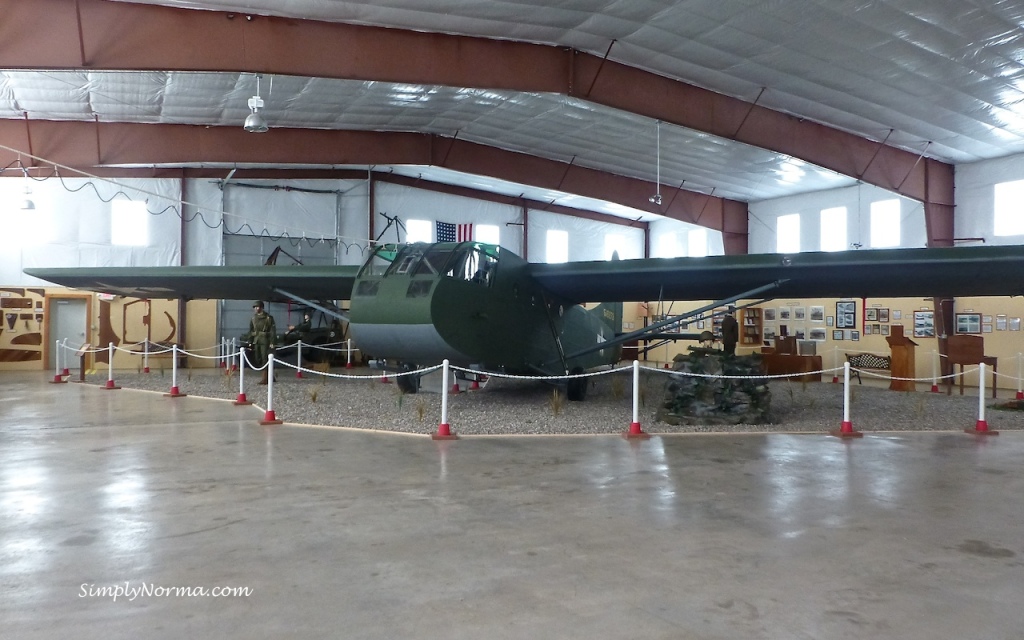
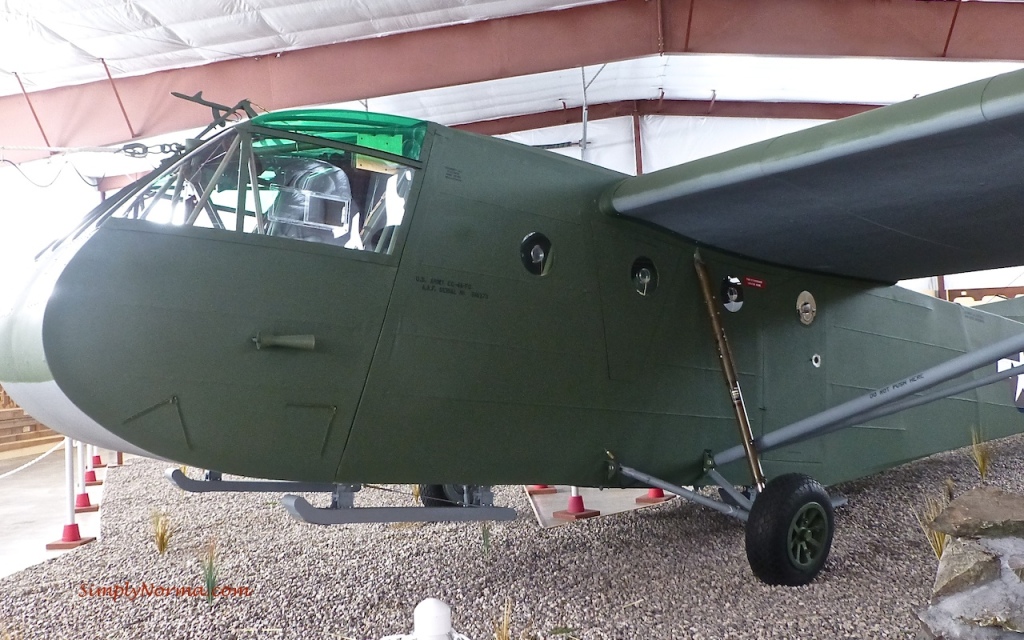
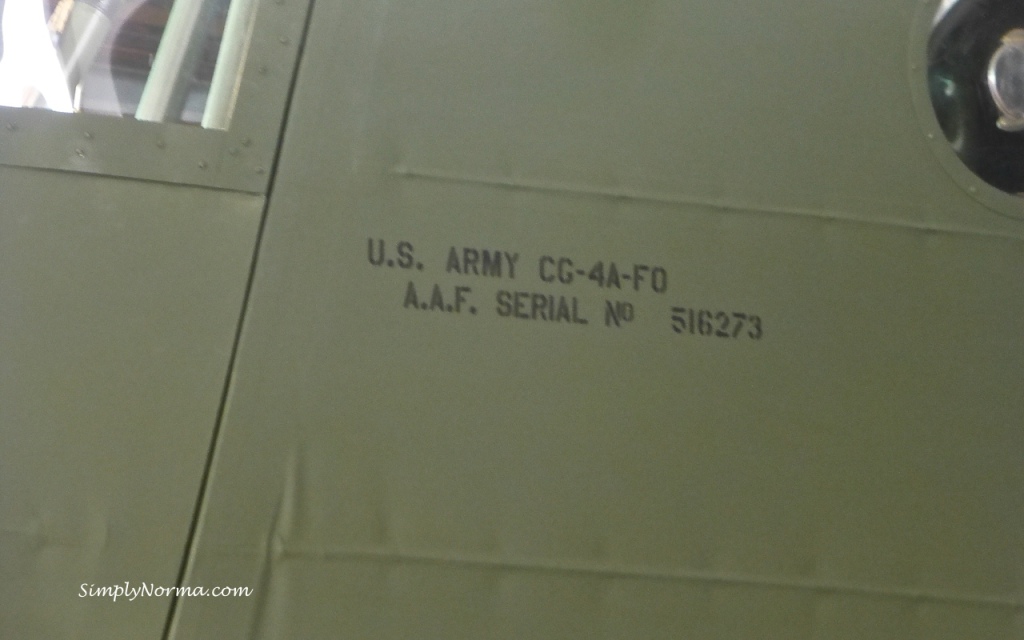
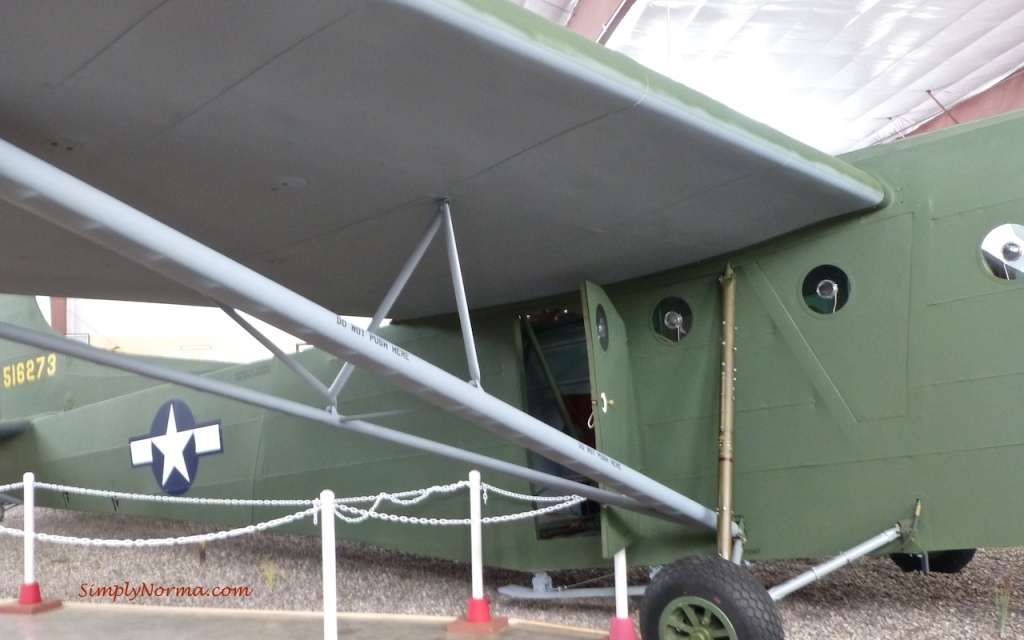
The glider is quite large! Humongous! Below are some of the 70,000 parts that are needed for the Glider.
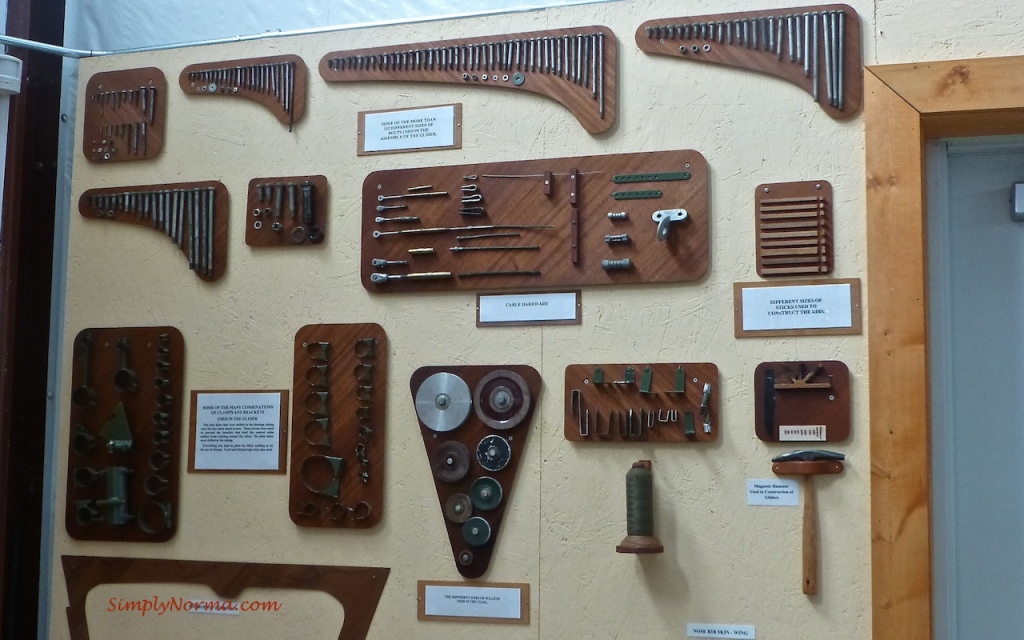
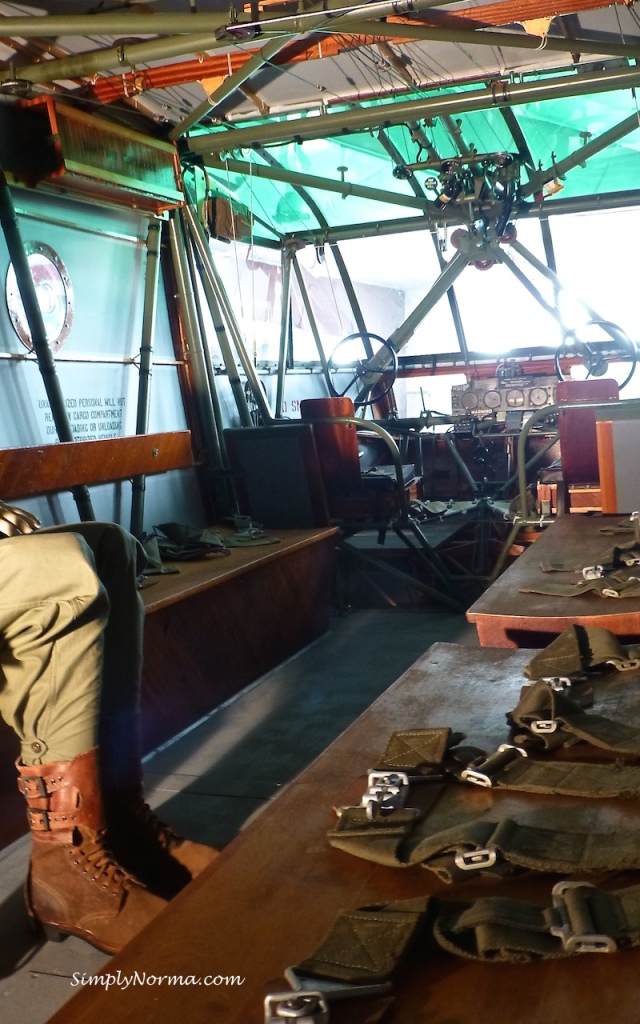
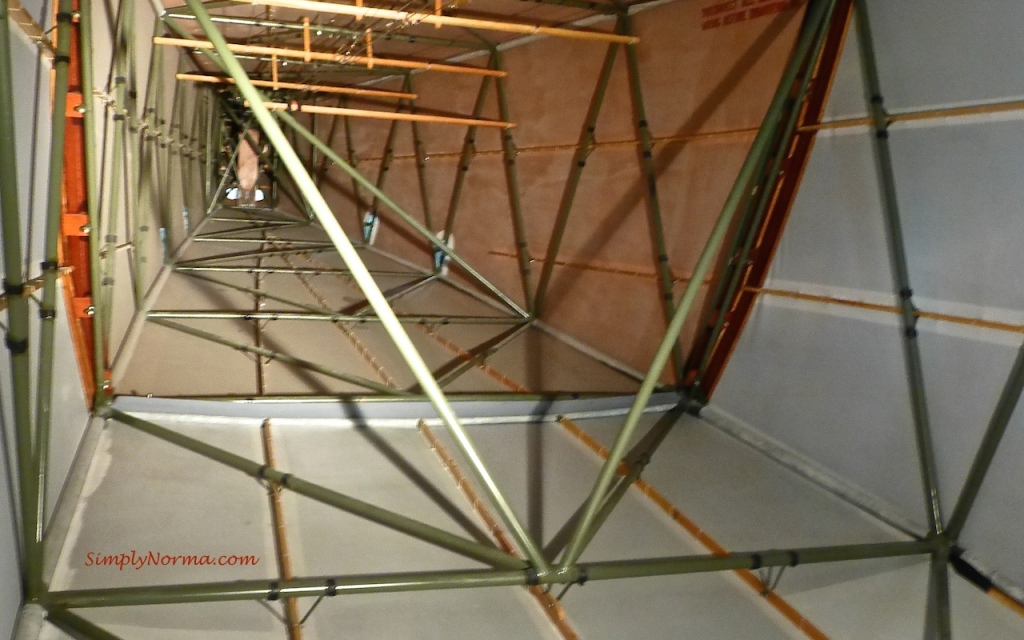
The costs of the CG 4A Glider from 16 manufacturers varied from $1.7 million for one glider from National, $308K each for seven gliders from Ward Manufacturing Company to $51K each for 60 gliders from Babcock Aircraft. Ford produced the most (4190) gliders at the lowest cost of $15,400 each. (This information was from one of the displays at the museum.)
Glider Statistics:
- Wing Span – 83 1/2 feet
- Length – 48 feet
- Height of Tail Off of Ground – 12 1/2 feet
- Weight – 3670 pounds
- Towing Speed – Varied between 136 mph and not to exceed 158 mph depending on gross weight
- Land Speed – 70 to 80 mph
- Room to Land at Above Speed – 600 to 800 feet
- Length of Single Tow Roper – 350 feet
- Length of Double Tow Rope – 425 feet
Pretty cool, eh?
For additional history on this glider, please click here.
